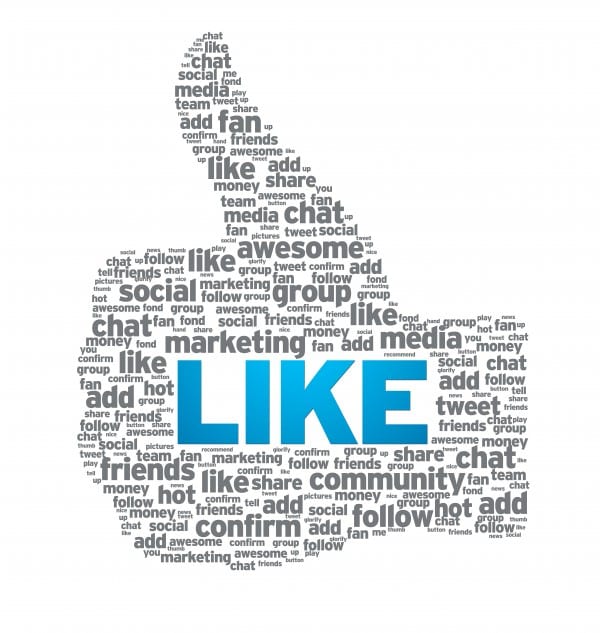3 top tips to encourage sharing and 7 bad habits to avoid
 Social media enthusiasts tend to look at press releases, and public relations in general, with a jaundiced eye. As a heavy social media user since 2005, I must admit I have read thousands of press releases I wouldn’t dream of sharing with my social communities.
Social media enthusiasts tend to look at press releases, and public relations in general, with a jaundiced eye. As a heavy social media user since 2005, I must admit I have read thousands of press releases I wouldn’t dream of sharing with my social communities.
Nevertheless, I am an optimist! I believe the PR industry can adapt and publish press releases that are highly shareable on social platforms.
Three good reasons press releases should be socially shareable
Should press release writers care about social media sharing? I can think of three extremely important reasons:
- Social media exposes a firm to new groups of prospects and referrers.
- Social shares from influential social media participants increase a firm’s credibility.
- Social sharing may have a rippling effect that improves brand awareness.
Unfortunately, many firms syndicate press releases on social media platforms without making proper adjustments. As a result, the releases not only fail to attract much attention; the little attention they do draw is negative. This is no way to go to market.
So, let’s take a look at how to make your press releases grab attention on Twitter, Facebook, Google+ and other social sites.
Avoid seven common practices that discourage sharing
Influential social media users are attracted to content that employs stylistic techniques similar to those they see on blogs.
Here are a few of the biggest content turnoffs – all of which are commonly seen in press releases:
- Lengthy synopses - a long synopsis discourages readers because online, people scan rather than read. A wordy summary implies the release itself will be overly long and complicated.
- Keyword-stuffed synopses - a synopsis loaded with keywords sends an extremely negative social signal; that the brand is more interested in search optimisation than in sharing valuable information. You can learn more about keyword stuffing here.
- Too many links - another over-optimisation signal. The mere visual impression of spam will cause a press release to be ignored.
- Formal style - because social media is a conversational medium, formal, third person writing tends to discourage sharing. Adopting a more casual style is a challenge for brands that aren’t used to it. Nevertheless, if social sharing is the goal, an unsuitable style very much gets in the way.
- Long paragraphs - writers should keep paragraphs to five lines or less to promote easy scanning. Visually intimidating releases are seldom read.
- Company-focused content - highly shareable press releases stress benefits. If people read a release that helps them save money or improve a process, they will be inspired to share it with their friends, colleagues and peers.
- Uninspiring titles - incorporating a benefit into a press release title can vastly increase social shares. For example; “ABC Company Introduces the XYZ Widget” is much less enticing than, “Users Improve Throughput 25% with the XYZ Widget.” Here is a helpful article on how to write effective press release headlines.
Three uncommon practices that encourage press release sharing
 After addressing stylistic issues, brands can make press releases even more likely to be shared by adding features that are often underused but highly valued by influential social media users.
After addressing stylistic issues, brands can make press releases even more likely to be shared by adding features that are often underused but highly valued by influential social media users.
Desirable shareable features include:
- Video - anyone who has visited YouTube or used a smart phone knows the viral power of video. Embedding video in a press release is especially appropriate when the news is technical or complex, as it makes the content more easily (and more powerfully) understood.
- Linking to social communities – people are more inclined to share a press release when the brand is an active user of social media. Adding social community links to the brand’s PR boiler room – or featuring those links more prominently in the body copy if relevant – lets readers know the brand is interested in more than just self-promotion.
- Encouraging reader feedback - press releases are viewed negatively in social media circles because they are usually a one-way communication. Since social media is all about conversation, a press release that includes a link to a survey, or feedback form relevant to the topic, will create a favorable impression – and provide valuable market insight as well.
Reader first, brand second
Overall, writing from the user’s point of view is the best way to encourage sharing. It is often said that the world is full of non-newsworthy press releases. While this may be true to a certain extent, the true value of a release is often obscured an overly technical or overly detailed treatment of the news.
Social media sharers immediately need to understand, “What’s in it for me?”

Brad Shorr is Director of Social Media and Content at Straight North, a Chicago based Internet marketing agency that works with a variety of clients including this physician web design company. Follow Brad on Twitter or connect on LinkedIn.








